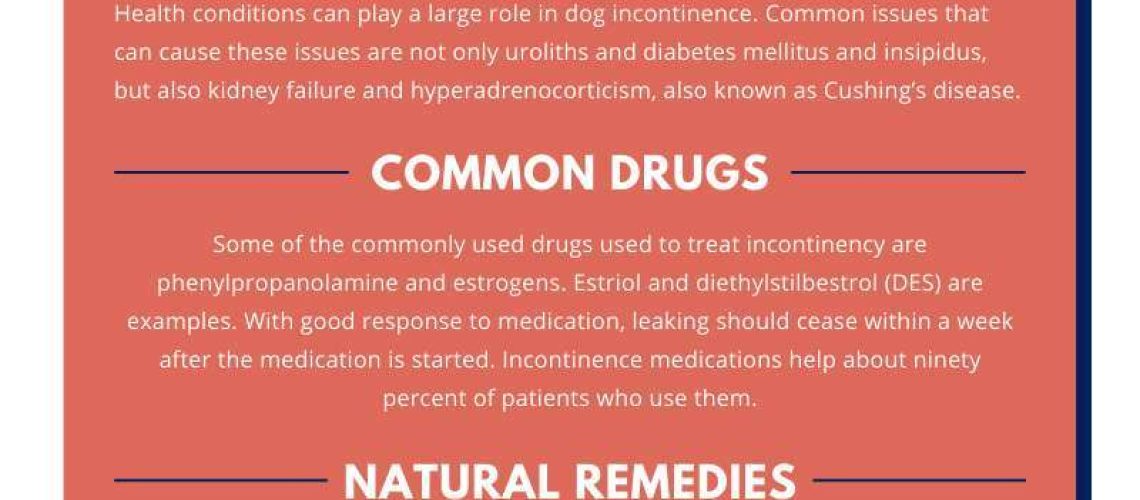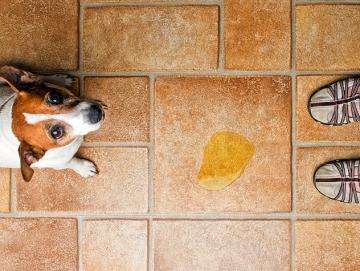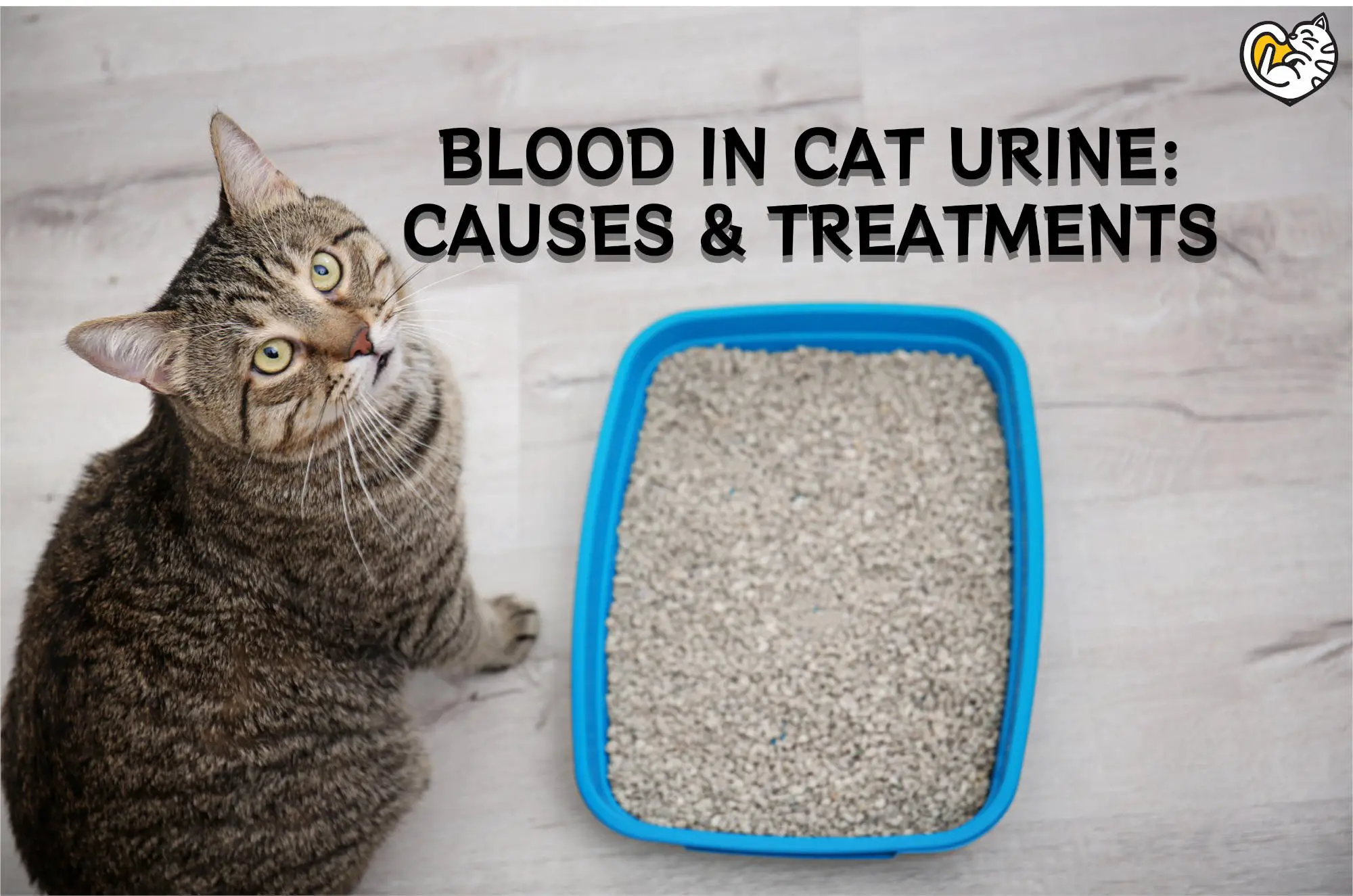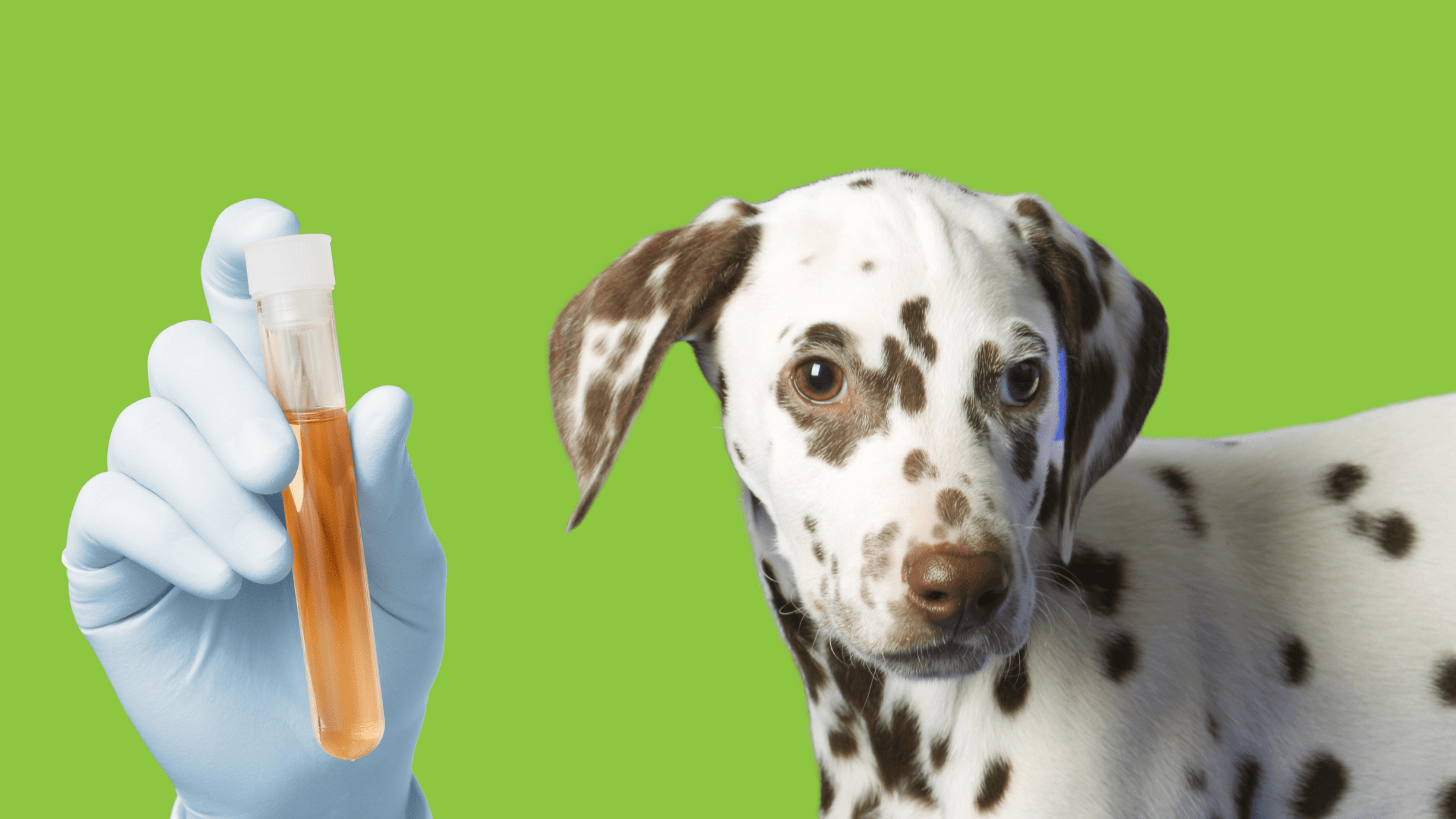Key Takeaways:
- Incontinence is a common issue in older dogs and can be caused by various underlying medical conditions.
- Common signs of incontinence include frequent urination, leaking urine while sleeping, and wetting the bedding or floor.
- A thorough veterinary examination is necessary to identify the cause of incontinence and rule out any other potential health problems.
- Treatment options for incontinence may include medication, dietary changes, hormone therapy, or surgery depending on the underlying cause.
- Regular monitoring and management of incontinence are essential to improve the dog's quality of life and prevent secondary complications such as urinary tract infections.
Are you a dog lover? Do you have an older furry friend who has been experiencing some unexpected accidents lately? If so, then it's time to delve into the world of incontinence in older dogs. Understanding this topic is essential for any pet owner because it not only helps us identify the signs and symptoms of this condition but also equips us with the knowledge to provide proper treatment and care. Did you know that approximately 20% of dogs over the age of 10 suffer from some form of incontinence? With such a significant number, it's crucial to be prepared and informed. So, let's embark on this journey together as we uncover how to identify and treat incontinence in our beloved senior canines.
Understanding Incontinence in Older Dogs
Incontinence is a condition where a dog loses control over their bladder or bowel movements. This can happen to dogs of any age, but it is more common in older dogs. As dogs age, their muscles and nerves may weaken, leading to problems with controlling their bodily functions.
There are two types of incontinence that can affect older dogs: urinary incontinence and fecal incontinence. Urinary incontinence occurs when a dog cannot hold their urine and may leak or dribble urine involuntarily. Fecal incontinence, on the other hand, happens when a dog has difficulty controlling their bowel movements and may have accidents inside the house.
Recognizing Signs of Incontinence in Older Dogs
If you suspect that your older dog may be experiencing incontinence, there are some signs to look out for. One common sign of urinary incontinence is frequent urination or the need to go outside more often than usual. You may also notice wet spots or puddles where your dog has been lying down.
Fecal incontinence can be recognized by accidents inside the house, particularly if your dog was previously well-trained. You may also notice staining or smearing of feces on your dog's fur or around their tail area.
Differentiating Between Urinary and Fecal Incontinence in Dogs
It is important to differentiate between urinary and fecal incontinence because they have different causes and treatments. Urinary incontinence usually involves leaking or dribbling of urine, while fecal incontinence refers to difficulties controlling bowel movements.
If your dog is experiencing urinary incontinence, they may leave wet spots where they have been lying down or have damp fur around their genital area. Fecal incontinence, on the other hand, may result in accidents inside the house or staining of your dog's fur near their tail.
Possible Causes of Incontinence in Older Dogs
There are several possible causes of incontinence in older dogs. One common cause is hormonal imbalance, particularly a decrease in estrogen levels in female dogs. This can lead to weakened muscles and a loss of control over bladder function.
Other potential causes include urinary tract infections, bladder stones, nerve damage, spinal cord problems, or certain medications that can affect bladder control. It is important to consult with a veterinarian to determine the underlying cause of your dog's incontinence.
Lifestyle Changes to Help Manage Incontinence in Dogs
While there may not be a cure for incontinence in older dogs, there are lifestyle changes that can help manage the condition and improve your dog's quality of life. Providing frequent bathroom breaks and ensuring easy access to outdoor areas can help prevent accidents inside the house.
You may also consider using dog diapers or belly bands to prevent urine leakage and protect your furniture and floors. Additionally, keeping your dog's living area clean and providing regular exercise can help maintain overall health and muscle tone.
Medication for Treating Incontinence in Older Dogs and Possible Side Effects
In some cases, medication may be prescribed by a veterinarian to help manage incontinence in older dogs. One common medication used is called phenylpropanolamine (PPA), which helps strengthen the muscles responsible for controlling urine flow.
It is important to note that medications can have side effects, so it is crucial to follow your veterinarian's instructions closely. Common side effects of PPA include increased heart rate, restlessness, decreased appetite, or gastrointestinal upset. If you notice any concerning side effects, contact your veterinarian immediately.
When to Consult a Veterinarian for Incontinence Symptoms in Older Dogs
If you notice signs of incontinence in your older dog, it is important to consult with a veterinarian. They can help determine the underlying cause of the incontinence and develop an appropriate treatment plan.
You should especially seek veterinary care if your dog's incontinence is accompanied by other concerning symptoms such as blood in the urine or feces, excessive thirst or urination, weight loss, lethargy, or changes in appetite. These may be indicators of more serious underlying health issues that require immediate attention.
In conclusion, if you notice your older dog having accidents indoors or having difficulty controlling their bladder, they may be experiencing incontinence. It is important to consult a veterinarian for proper diagnosis and treatment options to ensure your furry friend stays comfortable and healthy.
How do you diagnose incontinence in dogs?
The diagnosis of urinary incontinence involves evaluating clinical signs, medical history, and conducting blood and urine tests. Additionally, bladder X-rays and ultrasounds are frequently conducted to identify any abnormalities such as bladder stones that may impact the storage and release of urine.
What is the best medication for old dogs incontinence?
Phenylpropanolamine, also known as Proin, is the oldest medication used for senior dogs with urinary incontinence. While it is effective for many dogs, there are potential side effects to consider.
Why is my 13 year old dog losing control of his bladder?
Older dogs often experience incontinence due to various reasons such as urinary tract infections, kidney disease, arthritis, and dementia. There are supplements and medications available to assist in treating this condition, but it is important to address any underlying health issues that may be causing it.
What do vets give dogs for incontinence?
What is phenylpropanolamine? Phenylpropanolamine is a type of medication known as a sympathomimetic. It is used to treat urinary incontinence caused by weak muscle tone in the urethral sphincter. Some brand names for phenylpropanolamine include Proin, Propalin, Cystolamine, Uricon, and Uriflex-PT.
What can a vet do for incontinence in dogs?
Male dogs with urinary incontinence can be prescribed testosterone. Phenylpropanolamine is used to treat a weak urethral sphincter. If there are bladder stones or congenital abnormalities, your veterinarian may suggest surgery. Surgery is crucial when medication alone is not effective in addressing the issue.
Should I take my dog to the vet for incontinence?
If your dog is experiencing either incontinence or having accidents inside the house, it is crucial to get in touch with your veterinarian and schedule an appointment for your dog. In certain situations, your vet may request that you bring a urine sample from your dog to the appointment.

















